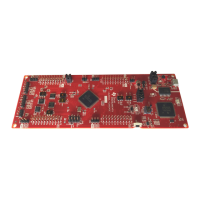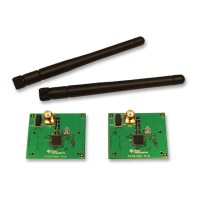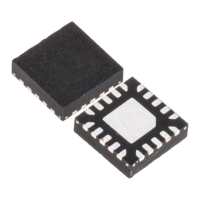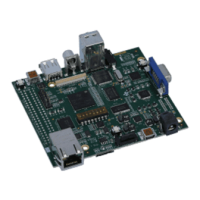Viterbi Decoder
VCU efficiently implements a software
Viterbi decoder
Allows flexibility and can change with evolving
standards
Viterbi is a maximum likelihood decoding
algorithm
Identifies the path taken through a Trellis
diagram
Selects survivor paths for each state by using a
Hamming distance calculation
Viterbi F28x
Decoder
(VCU)
Viterbi Implementation
Decoder has 3 main parts:
Branch metrics calculation
Calculates local distance between every possible
state and the received symbol
Code Rate = 1/2 1 cycle
Code Rate = 1/3 2p cycles
Butterfly “add-compare-select” operation
Calculates path metrics to choose an optimal path
4 calculations done in a single cycle (VITDLADDSUB)
VCU: 2 cycles F28x: 15 cycles
Trace back
Reconstructs the original data using the maximum
likelihood path for the input sequence
(VTRACE)
VCU: 3 cycles/stage F28x: 22 cycles/stage
Code Rate = number of inputs / number of outputs; VCU supports CR = 1/2 and CR = 1/3

